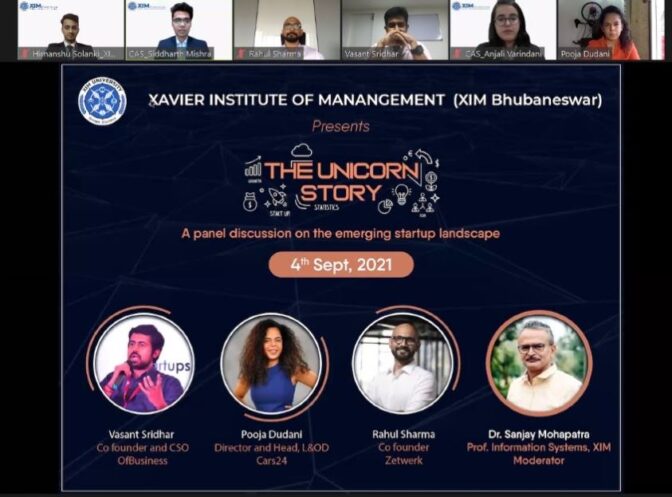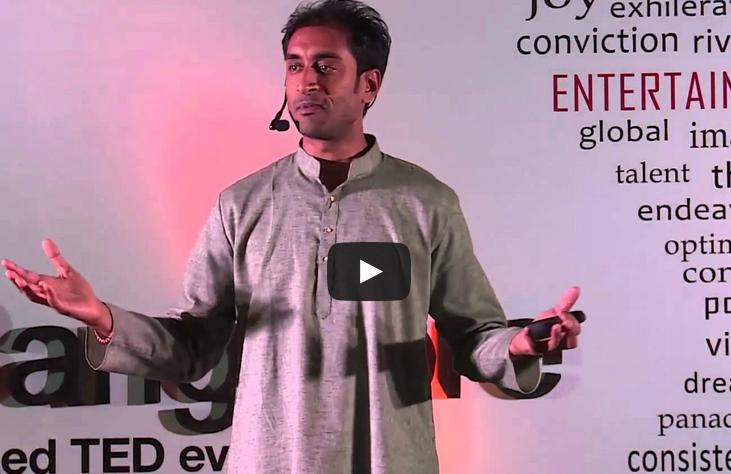In Favour
In a psephological context, the flaneurs of Indian politics have, more often than not, predisposed the two biggest national parties in our polity towards dynasty and Hindutva practices respectively.
Needless to say, these concomitant references accompanying the grand-old and the not-so-grand-old political structure of the congress and the BJP need modifications (pun not intended) by breaking with their outmoded and blinkered practices; for the former party to rise up from the election rout and the incumbent one to stay put the entire term.
However, with the rapidly growing and evolving state calling time on anarchic politicking, let us take a case-by-case analysis of the past and future trajectories for these parties after the 16thLok Sabha elections.
The dismal rule of the UPA-II gave BJP, alongwith its so-called organisational parent RSS ( RashtriyaSwayamsevakSangh), time to refine its election campaign by pulverising the mould of the party’s ‘temple politics’image and clearing off Modi’s name of the Gujrat communal riots.
Striking at the root of the problem of no communication or engagement with the youth by the previous regime, the BJP had worked extensively through its ‘Mission 272+ campaign’ by roping in young volunteers. Working pan India, engaging with the electoral public in the hinterlands and gauging the exact quantum of the Modi wave – were some of the tasks performed – as claimed by a volunteer in an Economic Times report.
Utilising a slam-dunk campaign theme comprising a popular, oratorical prime minister candidate Modi, with his eponymous wave, pitched for ‘Achche Din Aane Wale Hai’ and hordes of digital and print media ads, BJP went one up on its rival.
And with the timing ripe for a deft touch of the flaccid economy and expediency in governance, the Modi government, now in office, seems to be toiling day-by-day with unprecedented initiative, like a smaller cabinet coterie of 24 ministers as against 28 of the UPA-II, to quicken decision making of pending industrial projects and so on, to build up on a positive business and investor sentiment.
Also as per the Economic Times report, the NDA is planning to achieve this important electoral pitch by integrated relatedministries under common head and a couple of unrelatedministries under few cabinet ministries, for instance, of them via-a-vis eight under the UPA-II.
Seemingly, PM Modi has granted more work to the mid-level ministers i.e., by developing power to the states for effective governance. He has followed it up by scrapping the ministerial panels of eGOM (empowered group of ministers) and GoM, a part of UPA-II that handles economic and social issues of prime importance and rendered the PMO insignificant.
Making a strong headway in the progress of the nation’s women, the PM has taken special care of women’s representations across the party cadres by handing six of them cabinet’s portfolio. Also, Modi seems to be making all the right noises, setting his sights, on equal ethic representations as his ministerial choices across the high castes like Rajputs and Brahmins to be subattern groups like Dalits, propagating national culturalism.
Through uncommon initiatives like online submission of applications for timely and transparent environmental clearance by the green ministry, BJP has shown its will to outperform its rival and spelled out the caution that it just cannot undeform with the shrewd voter breathing down its neck.
As far as functioning goes, the NDA government-with a majority of 336 seats in Lok Sabha- is more likely to keep the productivity of the House up and running, with no allay compulsions obstructing the smooth passage of legislations and bills. However, this government also needs to wear the helmet tighter by scheduling its priority issues in public interest whenever taken up by the House.
Instead, pursing its own agendas like abrogation’s of Article 370 or be it the construction of Ram temple in Ayodhya would initiate its polarisation from the public, in spite of having given it a string mandate in the elections.
Congress, on the other hand, in spite of a successful five year run of UPA-1 under former PM Dr.Manmohan Singh asserting himself. Defying allies over issues like the nuclear deal; inefficient governance and corruption plagued the UPA-II resulting in its heavy drubbing in the 16th parliament elections.
Now, chagrined at the loss of the people’s mandate, the party leadership seems to be more worried about its restructuring, but more than it needs to stop championing its traditions of dynastic leadership evolving around the Nehruvian congress.
The party President must take a call on choosing a non-Gandhi, if need be, from the party’s former top brass or ministerial ranks who asserts his/her strong leadership skills, does not stay complacent or silent whenever eruption of controversies need to be explained amongst its voters public.
The congress party needs to put everything behind and learn the lessons that led to its rout and come back stronger with efficient leadership at first. The ministerial panel of GoM and eGoM that stalled the approvals of the key industrial projects leading to procedurals delays need to be scrapped or made less powerful than the PMO, as a future course of it action. But for rival players in tow like AamAadmi Party and its focus on transparent administration and uprooting corruption from the public life, should serve as a reminder to the congress party to employ these agendas as a clever play to its own advantage and try to regain its lost ground.
Against
As said by Sir SerenKurkegaar, “Life can be understood backwards but it must be lived forward” signifies the importance of our past so as to adorn our future. It urges as to modernise ourselves yet sticking to our roots.
India is a country whose past was rich in education, heritage, culture and knowledge. Modern day technology and upgradation is also based on past experiences. In this regards breaking with the past would mean the past would mean a clueless and aimless future. Our past acts as a guide so as to chart course for future. Well said by Marcus Garney, “Persons without knowledge of their past history, origin and culture are trees without roots.”
Medical Tourism is one of the emerging sectors of the economy. It would be appropriate to say that it is one of the biggest and oldest techniques of health practices in India. If we had completely fourteen about it then people would not have been benefitted. According to recent reports and surveys, states like Kerala, and Andhra Pradesh are gaining their revenues because of this ancient technique presented to people in a modernised way.
Every aspect of modern life has some glimpse of our past just as the discovery of zero and Pythagoras Theorem have acted as a base for modern day calculations and assumptions. Even the inventors of Aeroplanes, Televisions and Radios evolved their inventions, setting a higher objectives each time and amending the model, learning from previous actions every time so as to make the latest models that we see today.
Everything in this world wants to be in its ideal form and become an apple of the eye. For example, those skyscrapers that adorn a city are the results of strong foundations stones laid before constructions of a building similarly thosewith fragile base lack the ability to stand tall in any circumstance. Isn’t it that imperative past of a building that can hamper or benefit it?
There was a time when our country was given the status of a ‘golden bird’. Overtime it lost its glory and we were surrounded with problems. It seemed that we had been caged upon. It slowly remembering of our glorious past this ‘golden bird’ arose and awoke to freedom. Today we stand 1st in Golden Remittance Chart. The nation which was once scarce, now has the ability to feed a number of people in other countries. Our glorious past which had become dull and lifeless motivated us to strive for excellence.
Remembering our childhood we can say that a child is the result of the time invested by his parents and teachers. A vigorous hard work and uncountable efforts on the part of the child are all needed to mould him into a dynamic personality resulting in a glorious future.
It is said that, “we are not defined by our past, but we are prepared by our past.”
Thus, we should always remembering that it will be fruitful for us to learn to soar high in the sky yet come down to the ground to maintain our originality, be humble towards all and hence maintain a link with our past to chart course for future.
You might like reading:

The Unicorn Story – Business Conclave at XIM Bhubaneswar
‘Everyone can tell you the risk, an entrepreneur can see the reward’ On September 4, 2021, Xavier Institute of Management Bhubaneswar hosted a one-of-a-kind event, “The Unicorn Story – a panel discussion on the emerging start-up landscape”. Eminent business leaders from three of India’s emerging unicorns graced the event with their presence. Rahul Sharma, Co-Founder of Zetwerk, Vasant Shridhar, Co-Founder […]

Nimesh Patel , TEDxNMIMSBangalore 2014
3 phases process of his journey and many others in the world of service. We first come in this space with the idea that we are going to fix something (Ego-centric). As the ego melts and we are humbled by realities, we realize we can just serve. As we serve, we begin to realize that even the service is trivial, […]






























